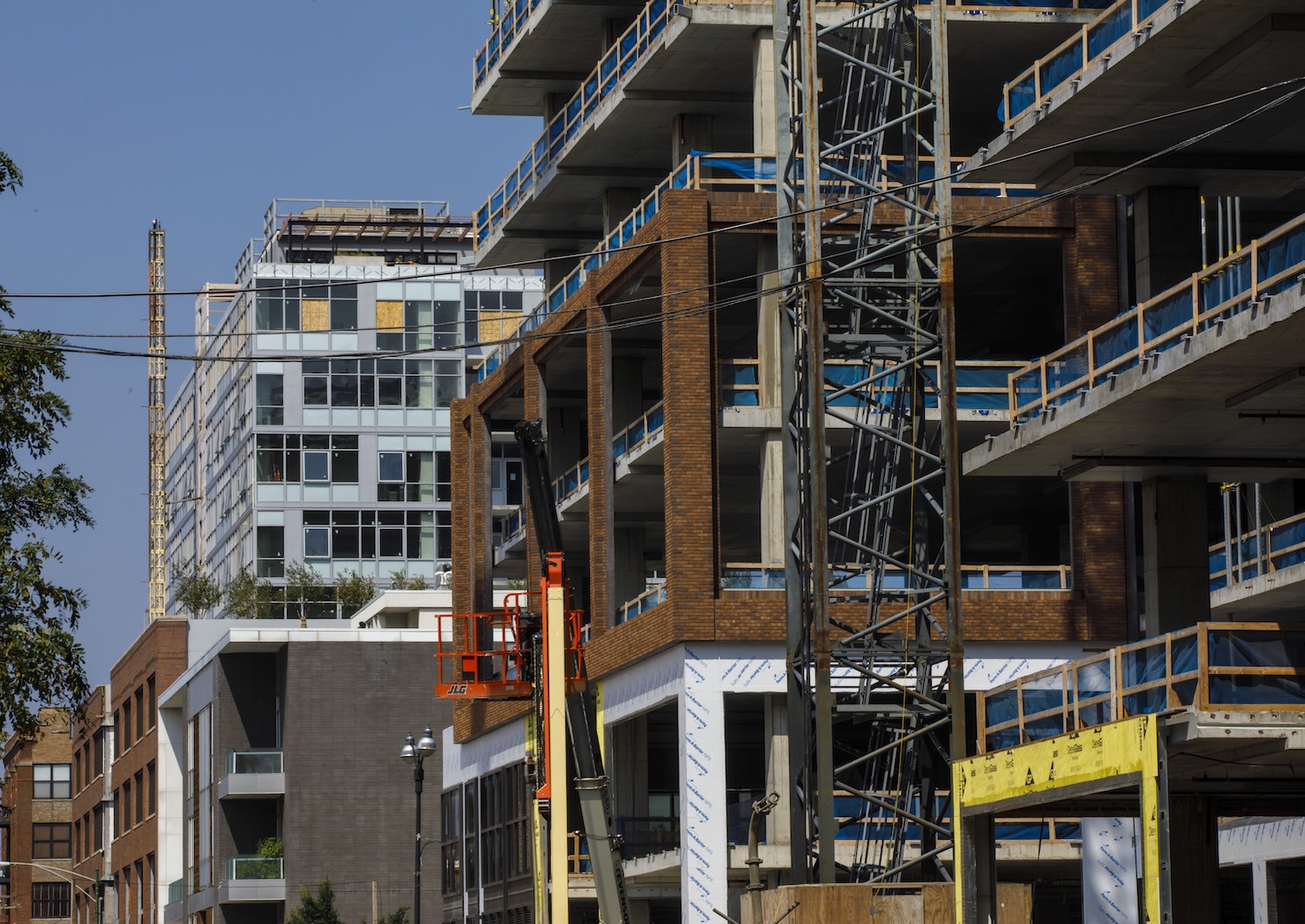The 34th Ward is on the move, from West Pullman to the West Loop. Since the 1960s, the 34th has been located on the Far South Side, but in the 2010s it lost more residents than any ward, a result of the Black exodus from Chicago. Because of that, the city will lose at least one of its 18 Black majority or plurality wards. The 34th is “the sacrifice,” said its Alderman Carrie Austin. She’s sat on the Council since 1994 and was planning to retire at the end of this term, anyway.
“We were all in detriment, because everybody needed” to expand the size of their wards to make up for population losses, Austin told the Daily Line. “So I just felt like if I did what would be good for the African American community on the Far South Side, then that would help everybody else.”
The West Loop, meanwhile, “has been the city’s fastest-changing neighborhood for several years, with the advent of corporate offices like McDonald’s, Google and Dyson, and a fertile dining scene that this year includes 10 restaurants that received Michelin stars, more than any other part of the city,” according to Crain’s Chicago Business. “Also changing fast: the neighborhood’s residential profile, as the multimillion-dollar condo sales pile up in an area that was once known as Skid Row.”
The dining scene around 111th and Halsted, in the current 34th Ward, is mostly fast food — JJ’s Fish and Chicken, White Castle, Sharks — with a few mom-and-pop soul food restaurants.
Wards gotta go where the people are. That’s the principle of one person, one vote. Even before the City Council set about drawing a new map, demographer Alden Loury, WBEZ’s senior editor covering race, predicted the West Loop would gain a seat at the expense of the Black community.
“The city is losing more of its lower-income folks and gaining more higher-income workers,” Loury said.
In the 2010s, the population of the Near West Side, which includes the West Loop, increased 23.7 percent, according to the Chicago Metropolitan Agency for Planning. The median income is $91,125. Meanwhile, West Pullman lost 12 percent of its population, and has a median income of $42,271.
Related Content
On the Rules Committee’s draft ward map, which was issued December 1, 2021, the new 34th Ward starts in the Loop, around State and Madison, jukes north and west to the Fulton River District, then south and west through Greektown, to the edge of the University of Illinois-Chicago campus. The new 34th is 57 percent white and 22 percent Asian, while the old 34th is 97 black. Like so many wards designed to capture a demographic, rather than represent a neighborhood, it resembles an aggressive lobster: imagine Mr. Krabs from SpongeBob Square Pants as a character in a low-resolution 1980s video game. (The Latino Caucus has drawn a competing map, which places the 34th Ward on the Near North Side.)
Last weekend, I took a walk through the soon-to-be 34th Ward to see what’s new there. Really, just about everything. The West Loop looks as though some Real Estate Gnome crossed the Chicago River and seeded the vacant lots from a sack full of magic beans designed to grow neck-craning towers. Let’s start with Alta at K Station, completed 2010, which is within sniffing distance of Blommer Chocolate (not new) on Kinzie Street: 848 units in a pair of balconied high-rises reaching as high as 41 stories. Studios start at $1,590 a month. A little further south, on DesPlaines Street, two-bedroom units go for as much as $4,000 a month at EMME Chicago Apartments. EMME overlooks the Haymarket Memorial, commemorating an 1886 workingman’s demonstration for an eight-hour day, at which someone threw a bomb that killed seven police officers and four bystanders. That was in a different Chicago.
West of the Dan Ryan are lofts, built inside the shells of old brick industrial buildings, like the Olympia Lofts, 843 W. Adams St., which were converted from a seven-story warehouse built in 1930. In several hours of walking through the West Loop, I did not see a single two-flat or bungalow, the sorts of dwellings one finds in low-rise West Pullman. I didn’t see many people, either. Maybe it was the cold weather, and the pandemic, but the streetscape felt like the early 21st Century predicted by Blade Runner. Not until I discovered Mary Bartelme Park, with a dog run, a children’s playground, and a modernist sculpture consisting of five stainless-steel gates, did I see neighborhood life lived out-of-doors.
More and more, Chicagoans want to live up in the air, far above the street. That’s why the Loop is the city’s fastest-growing community area. The 34th Ward’s next alderman, whichever well-educated, well-to-do professional they may be, will join the 42nd Ward’s Brendan Reilly as a representative of the high-rise set. The changing of the 34th Ward represents the changing of Chicago, writ small.




